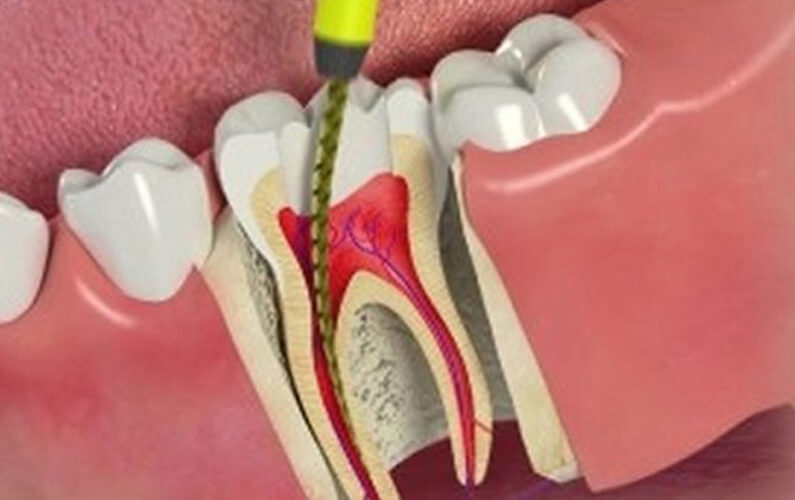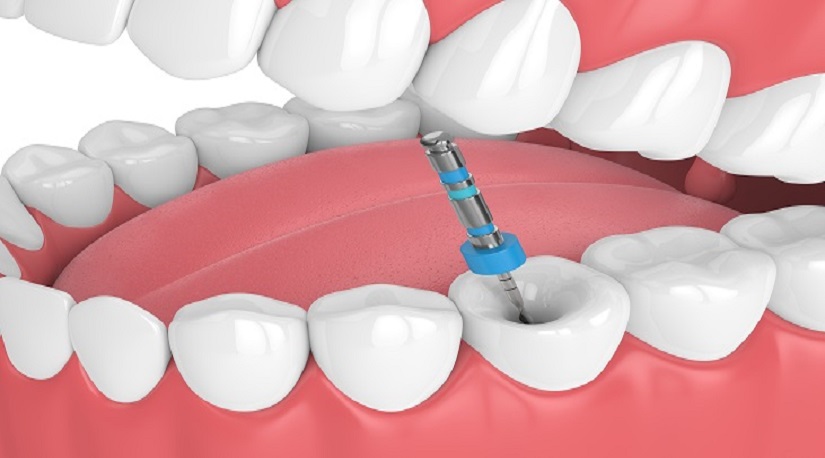Root canals are the most controversial subject in the dental world. Most people tend to question the safety of the procedure. This is due to the misleading information that is spread on the internet. This is why most patients prefer alternative treatment. However, in some cases, treatment of the pulp cavity remains the only alternative. Dental experts have no choice but to advocate for the safety of root canal treatment. The modernization of dentistry has increased the safety of endodontic procedures.

Root canal treatment is the perfect solution for treating dental caries that affects the roots of the teeth. The treatment consists of removing the infected pulp. After removal, the teeth are adequately cleaned. After cleaning, dental filling materials are fixed into the tooth to cover the space left by the pulp. This procedure allows patients to keep their teeth. However, the tooth is dead because the living tissue has been removed. This is a perfect solution since it prevents tooth loss.
The treatment saves teeth that would otherwise have to be removed. Let’s understand the procedure in detail.
How is a tooth infected?
The root canals of the teeth are made up of nerves and blood vessels, which nourish the teeth by providing them with oxygen and nutrients. When tooth decay in the outer layers of the teeth is neglected, it progresses to the root canals, where nerves and blood vessels are infected and inflamed. The inflamed pulp tissue dies and is replaced by infected material and pus. This causes pain and swelling, and if left untreated, it can damage the surrounding bone structure and cause tooth abscess. Root canal treatment, therefore, consists of removing the infected pulp and replacing it with a filling.
Once the infected pulp is removed, nutrition for the tooth comes from the surrounding tissue. Accidental cracks, leaking fillings and infection of the gums to the base of the roots are other reasons that can damage teeth and cause infection.

Root canal procedure:
Also known as endodontic treatment, root canal treatment involves cleaning and sterilizing the canal and removing infected tissue. The procedure is performed by your dentist in two or more visits, depending on the situation. If the tooth has an active infection, antibiotics are prescribed for 3 to 5 days to reduce pain and disease. A local anaesthetic is administered before the treatment to make the patient comfortable. First, a rubber dam is placed around the infected tooth to ensure that the tooth is dry during treatment and to prevent contamination of the canals. After opening the top layer of the tooth with a dental drill, the dentist accesses the pulp chamber of the tooth and removes the infected pulp.
The next step is to clean the inside of the tooth with a series of small files. Using these files, the pulp chamber and canal are cleaned and enlarged. This part can take several hours and may need to be done on several visits. It also depends on which tooth is infected. Premolars and molars have two or three roots with multiple canals, so the more roots the teeth have, the longer the treatment will take. At the first visit, a temporary filling is made after the tooth has been thoroughly cleaned.
At the next visit, the temporary filling is removed, the canal is filled, and the tooth is sealed with a crown. The crown protects the root-filled tooth from fracture.
After the treatment
Avoid eating hard foods until treatment is complete. Maintain good oral hygiene by brushing and flossing regularly. Limit your intake of sugar and colas. With proper care, your treated tooth can last a lifetime.
For all your root canal treatments, Altona Meadows Dental Clinic is the place to go. Its team of professionals provides treatment for a variety of dental problems.


